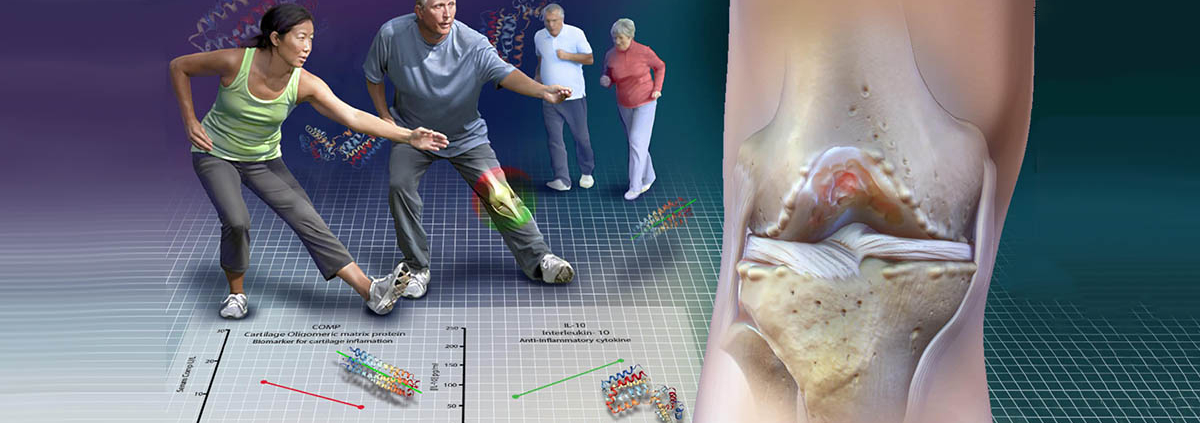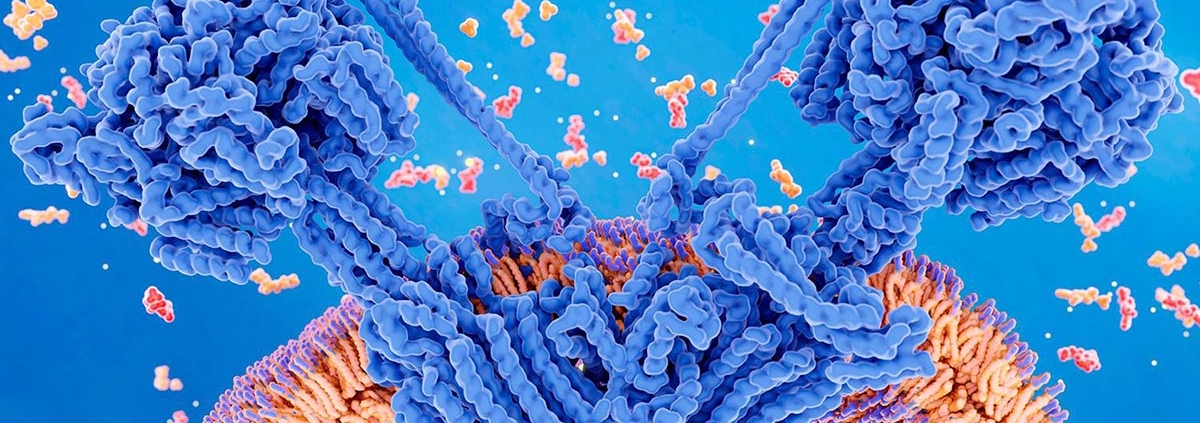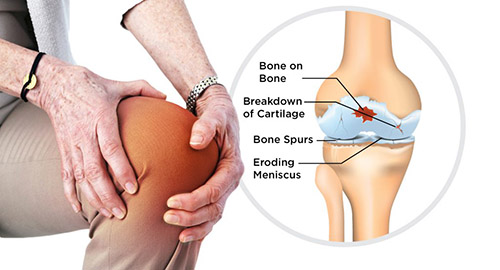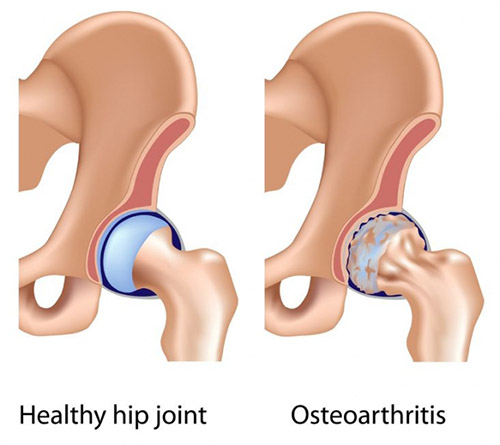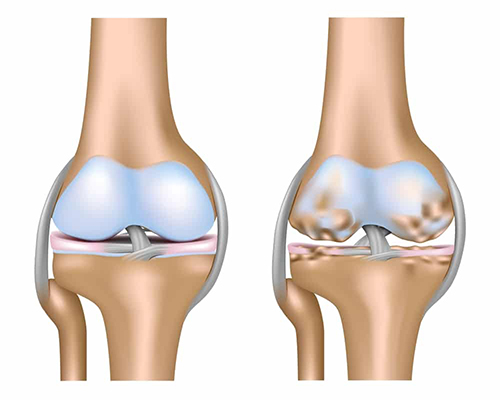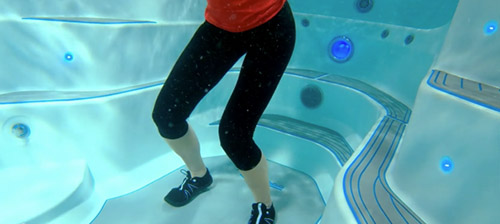In an analysis published in Arthritis & Rheumatology, investigators did not find any link between the amount and duration of physical activity with individuals’ risk of developing knee osteoarthritis.
The analysis included six global community-based studies including a total of 5,065 participants with and without knee osteoarthritis who were followed for five to 12 years.
“Knowing that the amount of physical activity and time spent doing it is not associated with the development of knee osteoarthritis is important evidence for both clinicians and the public who may need to consider this when prescribing physical activity for health,” said co–lead author Thomas Perry, BSc, PhD, of the University of Oxford, in the UK.
Next, it will be important to understand the role of injury and specific types of activity within this association, noted co–lead author Lucy S. Gates, PhD, of the University of Southampton, and co–senior author Maria Sanchez-Santos, of the University of Oxford.
Release date: 03 November 2021
Source: Wiley

